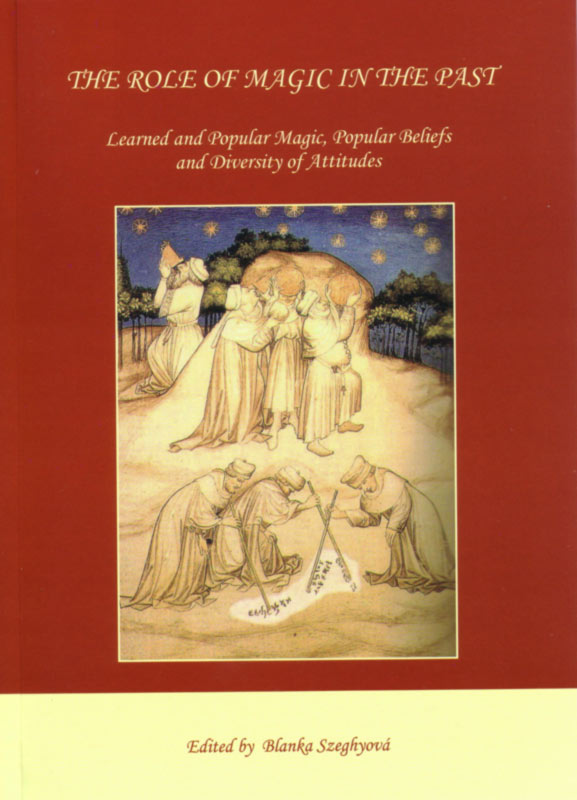The Mystery of Birth: Magic, Empirical and Rational Approaches to Women’s Medicine In the Medieval and Early Modern Periods
The Mystery of Birth: Magic, Empirical and Rational Approaches to Women’s Medicine In the Medieval and Early Modern Periods
Author(s): Tünde Lengyelová
Subject(s): Gender Studies, Cultural history, Customs / Folklore, Middle Ages, Modern Age, Culture and social structure , Health and medicine and law, 16th Century
Published by: SAV - Slovenská akadémia vied - Historický ústav SAV
Keywords: birth; women; medicine; middle ages; early modern period;
Summary/Abstract: “Be gone Satan from the body of this woman and make room for the Holy Spirit!” commanded Hildegard of Bingen, and on her words “an unclean spirit left the woman in a disgusting way through her sexual organs and with excretion. She was free.” Although this event occurred sometime in the 12th century, it faithfully catches the level of women’s medicine in the Middle Ages and several later centuries. It is not surprising, since the protection of human health was generally on a very low level in this period. This unfavourable situation was further affected by the fact that women’s medicine and obstetrics were not only not regarded as a separate branch of medicine, it was also undervalued. This is not contradicted by the fact that the medical school at Salerno probably also educated women during the period of its flourishing from 1150 to 1180. The most important female graduate was a certain Trotta or Trotula, a famous obstetrician, to whom the work On the pains of women before, during and after childbirth is attributed. At the end of the 13th century, many woman doctors also worked in Paris, but the members of the faculty of medicine there opposed them, and excommunicated them for illegal practices. All the actions around the birth of a new person were an exclusively female affair, with the presence of men wanted only at the beginning – for conception. This is also shown by the case of the Hamburg doctor Veit, condemned to death by burning in 1522, because he had dressed in the clothes of a midwife and wanted to assist at childbirths. It was only possible to help women theoretically, as the Worms town doctor Eucharius Roesslin did. In 1513, he published the book Der Swangeren Frawen und hebammen Rosengarten [The Rose Garden for Pregnant Women and Midwives]. In spite of the fact that the author did not draw from his own experience, but from ancient authors, it became one of the most frequently published books of the 16th century.
Book: The Role of Magic in the Past. Learned and Popular Magic, Popular Beliefs and Diversity of Attitudes
- Page Range: 117-136
- Page Count: 20
- Publication Year: 2005
- Language: English
- Content File-PDF

